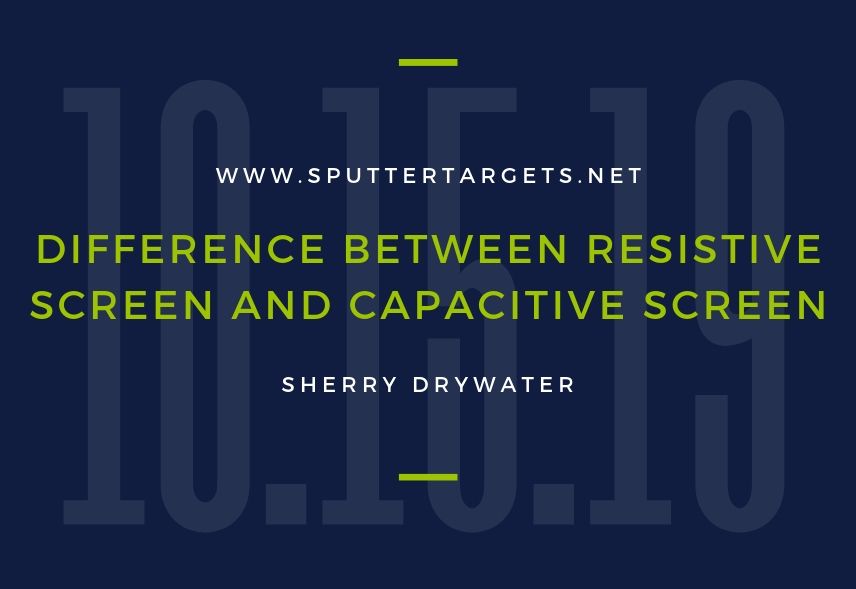
Resistive touch screen is commonly called “soft screen”, which is mostly used in Windows Mobile system mobile phones; capacitive touch screen is commonly called “hard screen”, such as iPhone and G1 machines use this kind of screen quality. Indium tin oxide sputtering target is an important material for touch screens. For more information, please visit https://www.sputtertargets.net/.
| Resistive Screen | Captive Screen | |
| Indoor visual effect | Good | Good |
| Touch sensitivity | Pressure is required to make contact with each layer of the screen. You can use your fingers (even with gloves), nails, stylus, etc. | The contact from the charged finger surface activates the capacitive sensing system below the screen. Inanimate objects, nails, and gloves are not valid. |
| Touch accuracy | The accuracy is at least a single display pixel, which can be seen with the stylus. It is easy to recognize by hand and helps to operate under the interface of small control elements. | The theoretical precision can reach several pixels, but it is actually limited by the finger contact area. It is difficult for the user to accurately click on a target of less than 1 square centimeter. |
| Cost | Cheap | 10% to 50% more expensive than resistive screens |
| Multi-touch feasibility | Impossible. Unless the resilience screen is connected to the machine’s circuitry. | The 1.7T version of the G1 is already capable of implementing the multi-touch feature of the browser. |
| Damage resistance | The screen is very prone to scratches. | Glass can be used for the outer layer. It is better for daily rubbing and smudges. |
| Cleanliness | Because it can be operated with a stylus or nail, it is less likely to leave fingerprints, grease and bacteria on the screen. | It is necessary to touch with the entire finger, but the outer layer of the glass is easier to clean. |
| Environmental adaptability | There is evidence that the Nokia 5800 with a resistive screen can operate at temperatures between -15 ° C and +45 ° C without any humidity requirements. | Typical operating temperatures range from 0° to 35° and require at least 5% humidity (limited by operating principle). |





